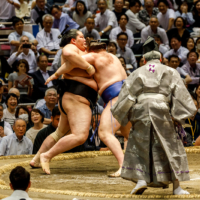The first five contributions to Readers in Council on Feb. 17 were all reactions to Japanese exasperation over the alleged rape of a 14-year-old Okinawan girl by a U.S. Marine. And they all showed evidence of an extraordinary historical ignorance.
Many Okinawan schoolgirls have been raped since the U.S occupation began in 1945. How many? We can only guess. Until 1995, American servicemen were totally exempt from the clutches of Japanese police, and when rapes were alleged, "deliberations" ensued while the servicemen were commonly transferred out of the country. With no chance of justice, the victims gave up reporting the crimes.
But in September 1995, three servicemen brutally raped a 12-year-old. This was the straw that broke the camel's back. The Okinawan people took to the streets and the message to the United States was clear: The Okinawan people had had enough; if America was interested in retaining its military colony, it had better do something serious about the discipline of its troops.
The recent incident, therefore, was not the ordinary crime that the Feb. 17 letter writers generally assumed it to be. It was not even the straw that brought down the camel. It was the bludgeoning of a camel already lying on the ground. Hence the Japanese exasperation, the speed at which the U.S. ambassador raced to the scene and the considerable depth of his bow.

















With your current subscription plan you can comment on stories. However, before writing your first comment, please create a display name in the Profile section of your subscriber account page.